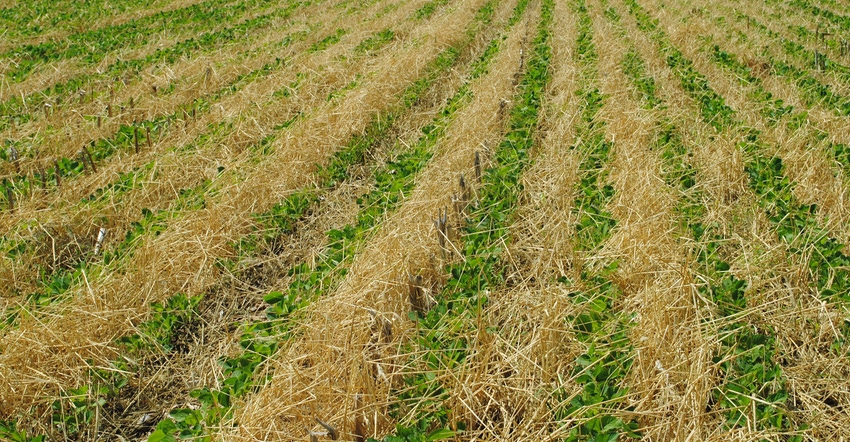
There are still lots of questions when it comes to cover crops. But the advantages of cover crops are certainly coming to light for both crop growers and livestock producers.
For the fifth year in a row, a nationwide cover crop survey of growers reported that corn and soybean yield had increased following cover crops.
The survey is conducted by the Conservation Technology Information Center, with help from Purdue University and support from USDA Sustainable Agriculture Research and Education program and the American Seed Trade Association,
Polling more than 2,000 farmers, the survey found that cover crop acreage has doubled over the past five years. The 2012 Census of Agriculture, which is now 5 years old, found that farmers planted more than 10 million acres to cover crops in 2012. There is little doubt that the latest census, which began last fall, will show major gains from those acreage numbers.
A new cover crop study being conducted through a partnership between Central Platte Natural Resources District and Lower Loup NRD looks to answer questions related to the impact of cover crops on groundwater, and takes grazing practices into consideration as well.
Lyndon Vogt, CPNRD general manager, says that a partnership with Nebraska Extension, the Natural Resources Conservation Service, Arrow Seed and Green Cover Seed will study the impact of cover crops on soil health within the districts.
"Field days are held annually to show practices like cover crop mixes planted on different dates and comparing aboveground biomass with belowground, as well as the best mixes for grazing," Vogt says. "Research includes whether compaction and infiltration are impacted, how biological activity and organic matter are affected, which mixes provide the highest-quality forage for grazing, and how much crop-usable nitrogen can be expected."
This program also ties to groundwater. "In 2017, CPNRD and Lower Loup NRD hired EA Engineering Science and Technology Inc., Lincoln, Neb., to conduct a four-year study to determine the impact of cover crop management on groundwater," Vogt says. "The NRDs split the cost and are seeking assistance to identify and develop grant applications to aid in funding the study."
The Lower Loup and Central Platte basins have diverse soil types and cropping practices that impact both water quantity and quality, he adds. This study will determine the general influence of cover crops on soil moisture, groundwater recharge and movement of nitrates in the soil.
"This study will include both irrigated and dryland cropped fields and span multiple years," Vogt says. "Landowner identification, mobilization and installation of field equipment began this past fall, with a final study report to be presented in March 2021."
Learn more on the CPNRD website at cpnrd.org.
About the Author(s)
You May Also Like






